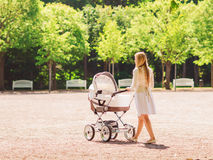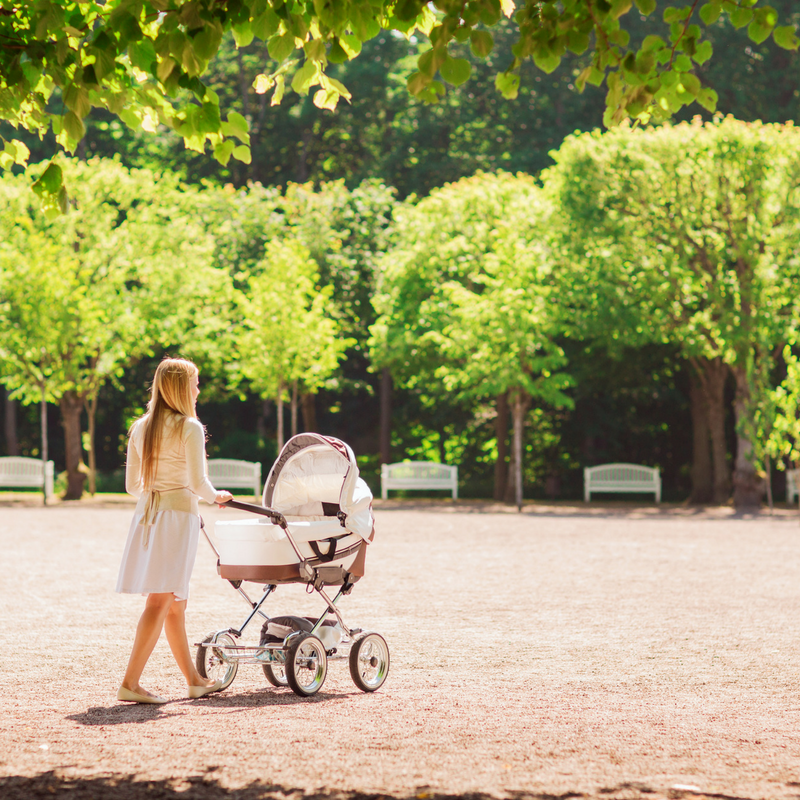Finding a balance between having your child sleep versus having your child sleep anywhere isn’t always easy. If your baby will sleep for 1.5 hours in the stroller but only 38 minutes in their crib at home, then surely napping on the go is the way to go. While it might be tough, and at times frustrating, to give up a longer length of sleep, there are good reasons to consider working towards the majority of naps taking place in a stationary crib, regardless of their length.
Crib Sleep is Safest Sleep
In a joint statement on Safe Sleep, the Canadian Paediatric Society, Health Canada and several other notable child/health safety organizations released the following statement as it relates to sleeping on the go. “Strollers, swings, bouncers, and car seats are not intended for infant sleep. When sleeping in the sitting position, an infant’s head can fall forward and their airway can be constricted. This risk reinforces the importance to move an infant to a crib, cradle, or bassinet to sleep, or when the destination is reached.”
Sign Up For Our Newsletter
A crib complete with a firm mattress and fitted sheet, void of any bumpers, stuffies or loose blankets, will give you the peace of mind that you are doing everything that you can to provide a safe sleep environment for your little one.
Quantity Vs. Quality
While napping on the go in the form of a lengthy car or stroller nap is certainly tempting, the likelihood is that the restorative properties of a motionless nap outweigh those of a lengthier on-the-go (motion) sleep. It’s fair to say that many babies or toddlers are lulled into transitioning from one sleep cycle to the next when taking it in a carrier, car or stroller and therefore extending the length of the nap. However, the vibrations and motion of on the go sleep force their bodies to stay in a lighter phase of sleep. Many of us can relate to this when we travel – sleep in the car or on a plane never feels as restorative as when we sleep at home.
Napping On The Go Can Become Habitual

It’s also fair to acknowledge that once a baby/toddler becomes accustomed to sleeping on the go, they may struggle or kick up a fuss when offered sleep that is stationary. Almost everyone knows someone who has to drive around town at nap time or else their child won’t sleep! With the motion and noise removed from their sleeping environment, some little ones will struggle to extend their sleep as they are no longer able to rely on outside influences.
Napping on the go is bound to happen and when out and about, they can be a life saver. But if they become a more frequent occurrence or having your little one sleep independently in their crib becomes a struggle, it’s worthwhile considering the value of getting them used to stationary crib sleep and helping them to learn to extend their sleep independently.
Written by Good Night Sleep Site Consultant.
Good Night Sleep Site provides free child and family sleep support through Facebook, Twitter, and Instagram. We invite you to join our sleep community as we work towards Good Night Sleep Site’s mission of a healthier rested family unit. For more sleep tips, subscribe to our newsletter and visit Good Night Sleep Site.











